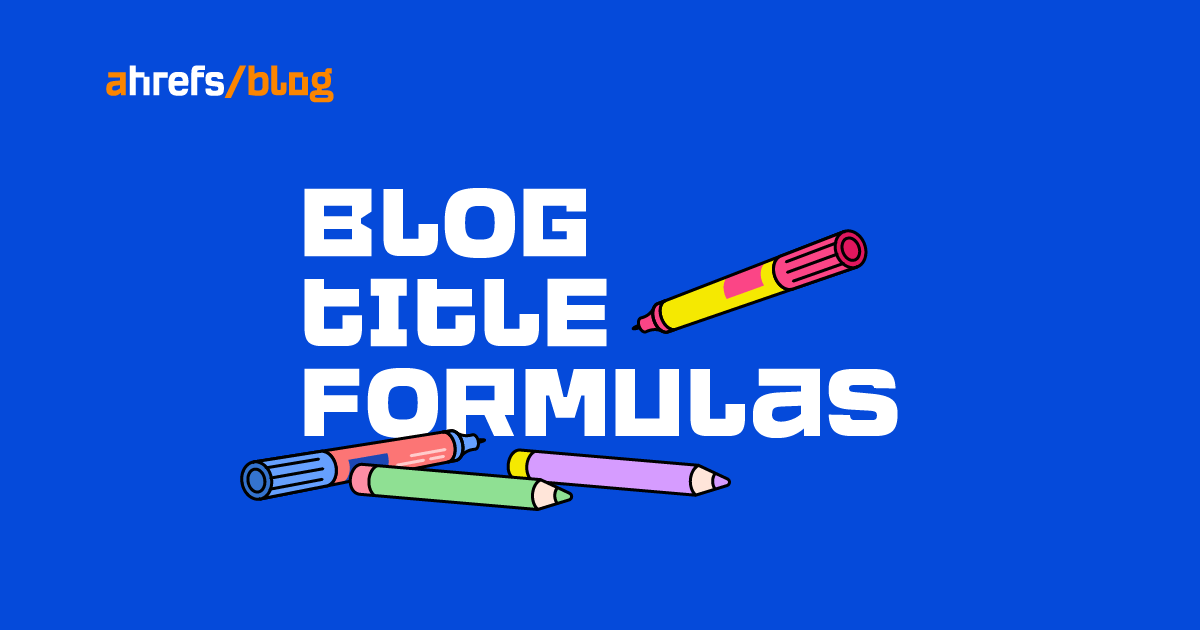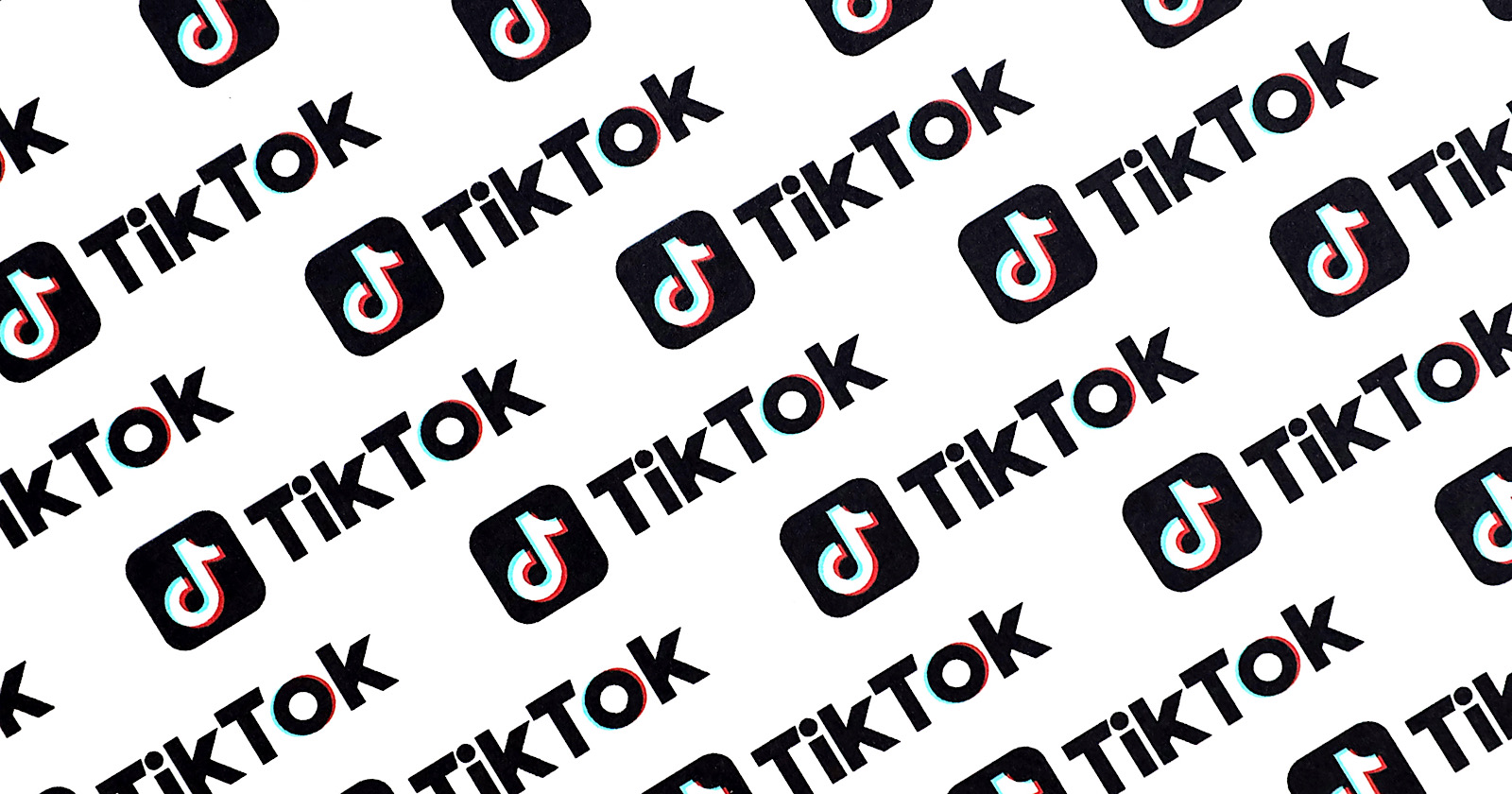Building Customer Trust and Loyalty: The Power of Visual Design in Creating Lasting Connections
Visual design is a powerful tool for effectively communicating a brand’s values, mission, and commitment to customers. Aesthetics serve as a nonverbal language that conveys important information about a company, shaping consumers’ perceptions of its character and offerings. When...

Visual design is a powerful tool for effectively communicating a brand’s values, mission, and commitment to customers. Aesthetics serve as a nonverbal language that conveys important information about a company, shaping consumers’ perceptions of its character and offerings.
When design is executed with clarity, intuitiveness, and meaningfulness, it fosters trust and loyalty. When customers view a brand as transparent, genuine, and aligned with their values, it deepens their connection and loyalty, and businesses see the results on their bottom lines.
Key design principles — such as clarity, user-centeredness, consistency, personalization, and visual storytelling — are crucial in establishing this trust and credibility.
Clear, Simple Design
Clarity in design is particularly important in the age of digital experiences. Information must be conveyed in a straightforward and understandable manner, since today’s consumers expect online interactions to be easy to navigate.
When messages are unduly complicated or difficult to understand, most consumers will simply move on. In this way, trying to relay too much at once can backfire.
Keeping things simple, embracing a minimalist approach, and eliminating unnecessary complexity help clarify your message. By employing clear visual cues that align with the brand’s identity and purpose, effective design conveys messages in a way that resonates with customers, allowing them to form positive associations and trust the brand or product as a result.
User-centered Design
User-centered design prioritizes the target customer’s perspective. By understanding the audience’s needs, preferences, and goals, designers can create interfaces and interactions that effectively convey information and facilitate smooth user journeys. When people can easily find what they need and accomplish their tasks intuitively, it instills confidence, trust, and loyalty.
Consistent Design
Consistency in design further reinforces the brand’s identity and messaging. When consumers encounter consistent visual cues across different touchpoints, they gain a sense of reliability and familiarity. Cohesive branding elements enhance trust, as customers know what to expect and can move through the company’s different platforms with ease.
Conversely, when a company’s design is ununified or scattered, the consumer can perceive the business as unprofessional.
Personalization
Personalization and customization in design provide avenues for catering to individual customer needs and preferences. In recent years, more and more consumers have come to expect this level of attention.
According to a McKinsey & Company report, “Seventy-one percent of consumers expect companies to deliver personalized interactions. And seventy-six percent get frustrated when this doesn’t happen.”
By offering bespoke experiences and allowing customers to tailor aspects of a product or service, the design demonstrates a commitment to meeting individual requirements. Since customers feel that their unique needs are understood and addressed, this also fosters a stronger sense of trust.
Visual Storytelling
Through visual storytelling, designers can convey information in a captivating and meaningful way.
Today’s consumers are skeptical of salesy ads, but narratives can still draw them in. In particular, a design that centers them — not the company — as the hero of a story often proves compelling. Narratives that resonate with customers and help them envision overcoming their own unique challenges not only capture their attention, but also evoke emotions, foster empathy, and strengthen the bond between the brand and its customers.
To be most effective, this storytelling should take the form of visuals, such as graphics, photos, videos, charts, and diagrams. That’s because people process visual information quicker than text. Much, much, much quicker, in fact — one study found that people process visuals 60,000 times faster.
Embrace Continuous Improvement
Keep in mind that other companies’ cutting-edge, brilliant designs weren’t perfect the first time around, so you shouldn’t expect yours to be, either. Developing the right design for your brand should be approached as a process of continuous improvement, rather than a one-and-done task to check off your list. That’s why soliciting user feedback and implementing iterative design processes is invaluable.
By actively seeking customers’ reactions and incorporating them into the design process, designers can identify areas that require more clarity or better information presentation. This approach allows designers to refine the design, address user concerns, and enhance clarity, fostering trust and loyalty over time.
Effective Design Grows Your Business
By understanding the power of design to move your customers, you can also seize its potential to grow your business. Your messages are only effective when consumers understand and relate to them, which is why incorporating the key principles of design is necessary for companies of all kinds.

 Koichiko
Koichiko 































